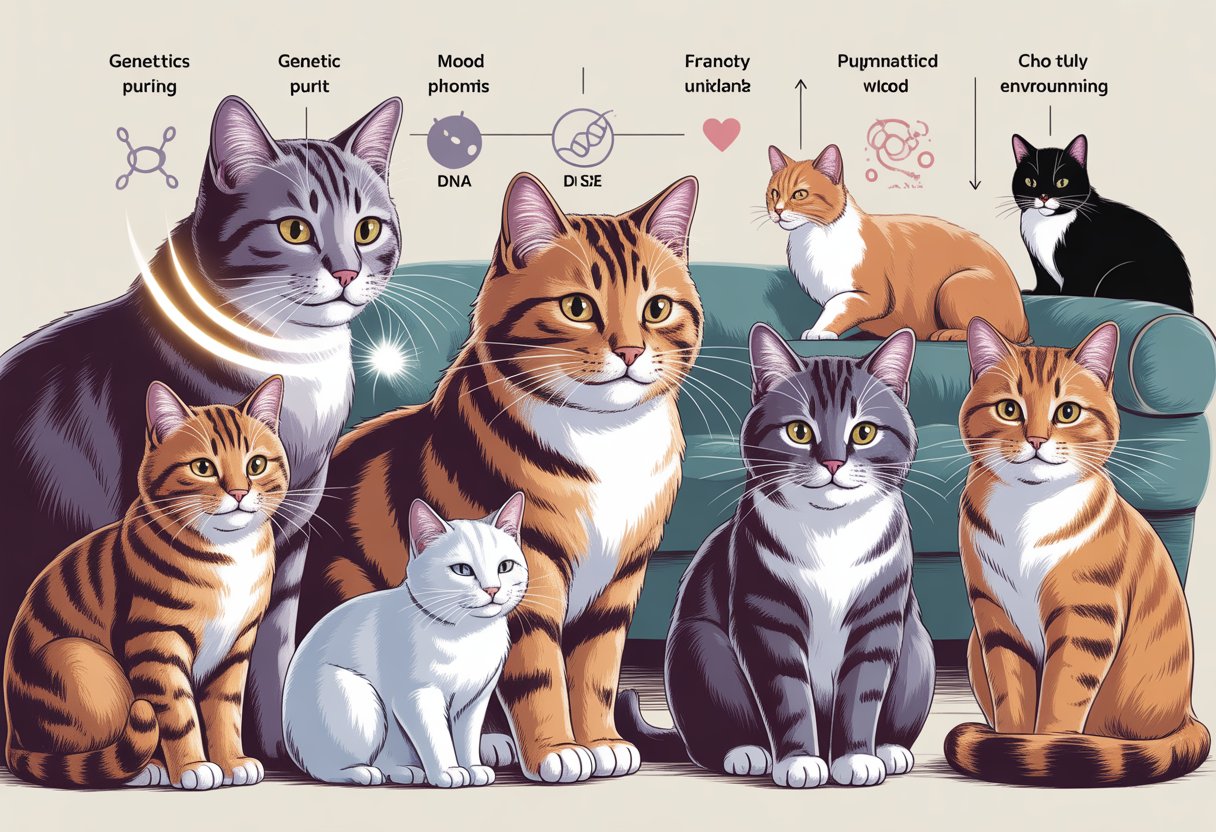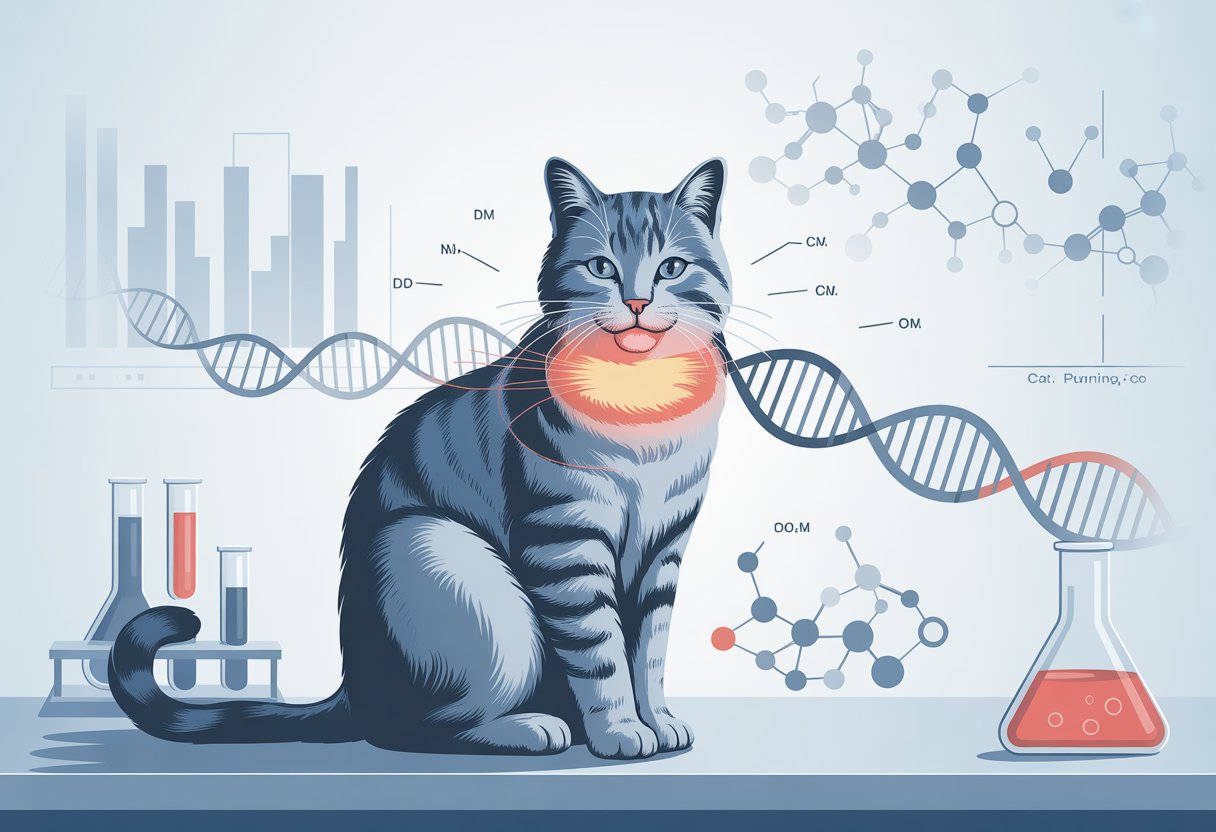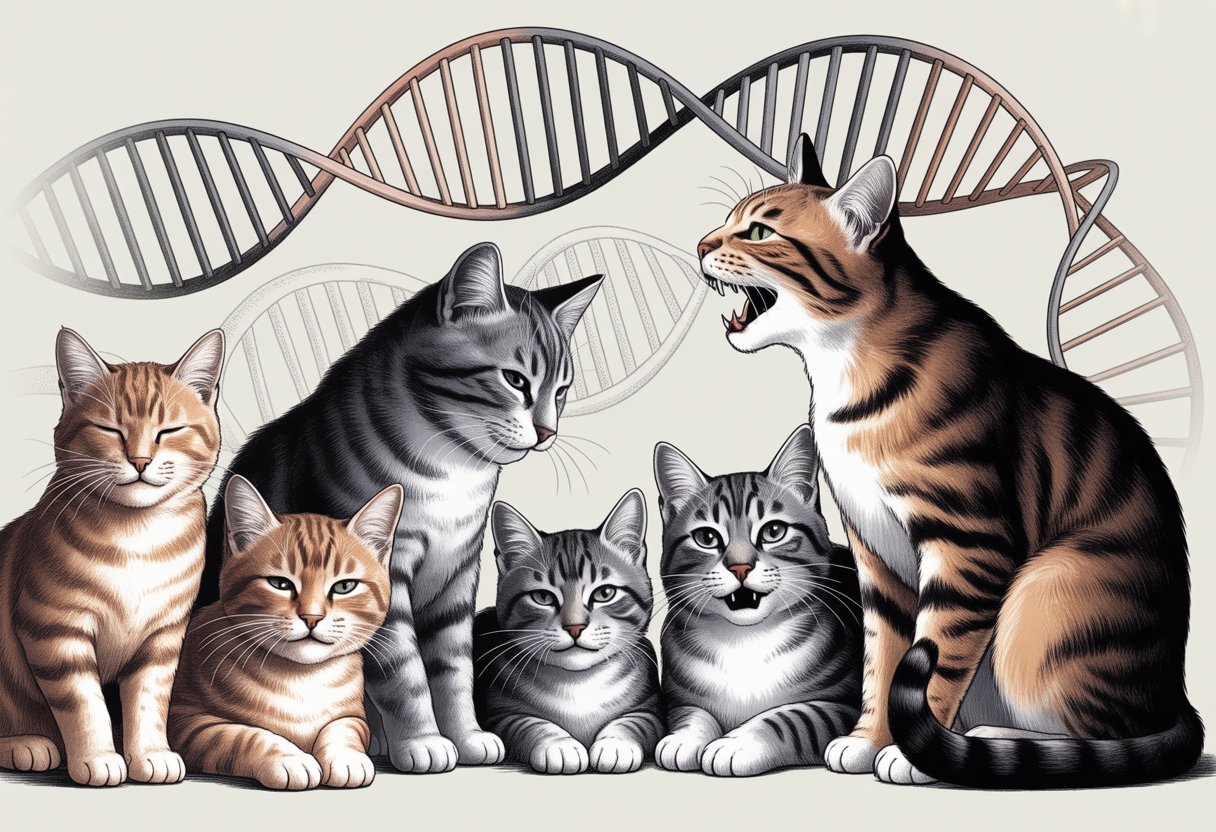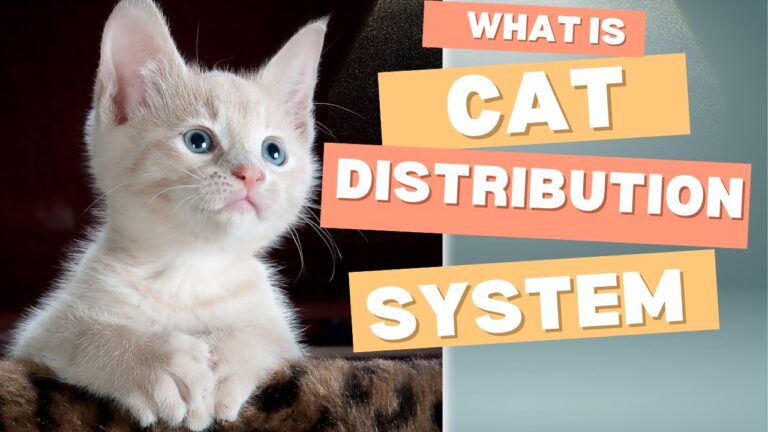Why Some Cats Purr Nonstop—And What Your Cat’s DNA Is Hiding From You
Ever notice your cat purring quietly on your lap, or maybe even while it’s darting around the house? That gentle rumble is one of the…
Ever notice your cat purring quietly on your lap, or maybe even while it’s darting around the house? That gentle rumble is one of the most familiar ways cats try to talk to us—and to each other. Still, some cats seem to purr way more often, or with more gusto, than others.
Researchers say genetics play a big role in why some cats purr more. They’ve zeroed in on a certain gene that pops up a lot in mixed-breed cats. This little genetic quirk changes how and when cats decide to purr as part of their daily routine.
The Science of Purring: More Than Just a Soothing Sound

When you hear your cat purring, you probably assume it’s happy. But honestly, purring isn’t just a sign of contentment.
Cats purr in all sorts of situations—when they’re anxious, hurting, or even just needing a little comfort.
Cat purring starts in the larynx. Your cat’s vocal folds rapidly contract and relax, making their vocal cords vibrate.
These steady movements create those soft purrs you can both hear and feel. Purring isn’t just a random noise, either.
Your cat’s brain actively keeps those vibrations going, which seems to take a bit of focus. Some animal experts think purring does more than just sound cute—it might help cats bond or even recover.
For more on that, you can check out this science-backed explanation.
How Kittens Use Purring to Communicate Early in Life
Kittens come into the world unable to see or hear. Because of that, they rely on touch and vibrations to signal to their mother and siblings where they are and how they’re feeling.
Purring is one of the first ways kittens “talk,” using gentle buzzing vibrations to make contact when their other senses aren’t working yet.
These purring signals let kittens show they feel safe or need attention. The mother cat can sense this, moving closer, warming them, or feeding them.
This kind of communication in cats depends less on sound and more on the feeling of vibrations.
Purring at this stage is more than just basic vocalizing. It’s a key part of how kittens form bonds and survive.
This touch-based signaling shapes how cats use purring as they grow and interact with others.
Exploring How Genes Affect Cat Purring

Scientists at Kyoto University teamed up with 280 mixed-breed cats living in homes across Japan. All the cats had been neutered or spayed.
The researchers wanted to find out if there’s a link between genetics and how much cats purr.
They focused on the androgen receptor gene. This gene can influence animal behavior, including how cats interact with others.
It comes in two versions—short and long alleles. These versions might affect how much a cat purrs or makes noise.
The team collected DNA samples from each cat using non-invasive methods. Cat owners also provided detailed notes about their pets’ behaviors, especially purring and vocal sounds.
This let the scientists connect certain gene types with the purring habits they saw at home.
They found a strong connection between specific genes and how vocal a cat can be. If you want to dig deeper, here’s an article on why some cats purr more than others.
Key Findings: How Your Cat’s Genes Shape Purring and Talking

Turns out, your cat’s DNA can shape its purring habits. If your cat has the short-type androgen receptor gene, you’ll probably notice it purrs more often than cats with the long-type gene.
That genetic difference really drives your cat’s vocal personality. Male cats with the short-type gene tend to be extra chatty with their humans.
Female cats show a different twist. The same gene in females might make them act more defensively or even a bit aggressive toward strangers.
So, behavior depends on both the gene and the cat’s gender. These patterns show how gene markers like the androgen receptor gene, plus gender, help decide how your cat communicates and responds to its world.
Understanding this makes it easier to see why some cats are more vocal or social. For more on the science behind these behaviors, check out this article on the genetic influence on vocal cats.
Mixed-Breed Cats vs. Purebreds: Differences in Behavior and Genetics
Look around at house cats and you’ll probably spot that mixed-breed cats tend to be more vocal. They often meow and purr a lot, which can make them seem friendlier or more social—especially in busy homes.
Genetically, mixed-breed cats are more likely to have the short-type androgen receptor gene. Purebred cats, on the other hand, usually have the long-type version.
This difference really shows how genetics and breeding choices shape a cat’s behavior and personality.
Some people want a quieter companion. If that’s you, a purebred cat might be a better fit since selective breeding often leads to less vocal, more predictable cats.
You can see more about this vocal difference between mixed-breed and purebred cats.
Evolutionary Changes: Domestic Cats and Their Wild Feline Cousins
When you compare domestic cats to their wild cousins, you’ll spot some interesting genetic differences. Wild felines like the leopard cat and fishing cat usually have the short type of androgen receptor gene.
That gene links to frequent purring and vocal sounds. Domestic cats, though, have longer versions of this gene.
Those longer variants started showing up as cats moved in with people. Over time, domestication and selective breeding nudged cats toward traits that worked better for living with humans.
You can see how these small genetic shifts make domestic cats act differently from wild cats. Just a simple change in one gene can shape how a cat communicates and behaves.
That’s part of what makes your relationship with your pet so different from what you might have with a wild feline. If you’re curious, check out more on how domestic cats share traits with wild species.
Why This Knowledge Matters: How It Shapes Cat Care and Well-Being
Knowing that genetics help decide how much cats purr or talk can really change how you care for your pet. Some cats just naturally make more noise or use purring to get your attention, while others are quieter thanks to their genes.
Recognizing these traits helps you avoid misreading your cat’s signals. You don’t have to stress if your quiet cat isn’t as chatty as others.
When you notice how your cat self-soothes or bonds through purring, you can support it better. Creating spaces for calm or interactive play keeps your cat happier and healthier.
That leads to a stronger relationship between you and your pet. For more on this, visit this page about the reasons why some cats purr more than others.
The Wider Meaning: Strengthening Your Relationship With Your Cat
Building a good connection with your cat goes way beyond basic care. When you learn how your cat communicates, you can actually meet its needs and make home life more comfortable.
Knowing that every cat has its own way of showing happiness, stress, or curiosity helps you support your pet day-to-day.
Recent research points out that genetics play a role in how cats relate to people. This new info helps you figure out what makes your cat’s personality unique and understand its habits and moods.
That kind of understanding leads to a closer, more positive friendship with your cat.
What’s Ahead for Cat Genetics
Pretty soon, scientists might start looking at how your cat’s genes mix with its life experiences. They’re planning to study how a cat’s environment—like how it was raised or who it lived with—works together with its genes to shape behavior.
There’s also interest in including more cat breeds from around the world in future studies. This could show if certain traits are more common in some breeds or regions.
New discoveries might reveal how genes tie into other cat behaviors, like playing, fighting, or feeling anxious. Learning about these genetic links could help you understand your cat better and make life at home even better.
If you want to keep up with the latest breakthroughs, here’s how scientists are finding new feline traits.
Genetic Harmony: How Feline Genes Shape Purring
Ever noticed how some cats just seem to hum with purrs, while others barely make a sound? It’s not only about personality, believe it or not. Scientists have found that a cat’s genes play a big role in these purring quirks.
Certain gene patterns actually shape how often and how loudly a cat purrs. That’s pretty wild, right?
When you hang out with your cat, you’re basically listening to a little genetic symphony passed down through the family tree. That gentle purring? It’s written right into their DNA.
Honestly, the more you learn about this genetic trait, the easier it gets to understand your cat—and maybe even feel a bit closer to them.
So, next time your cat purrs, try to remember it’s not just some adorable sound. It’s actually the result of genetic changes that give every cat their own unique voice.


